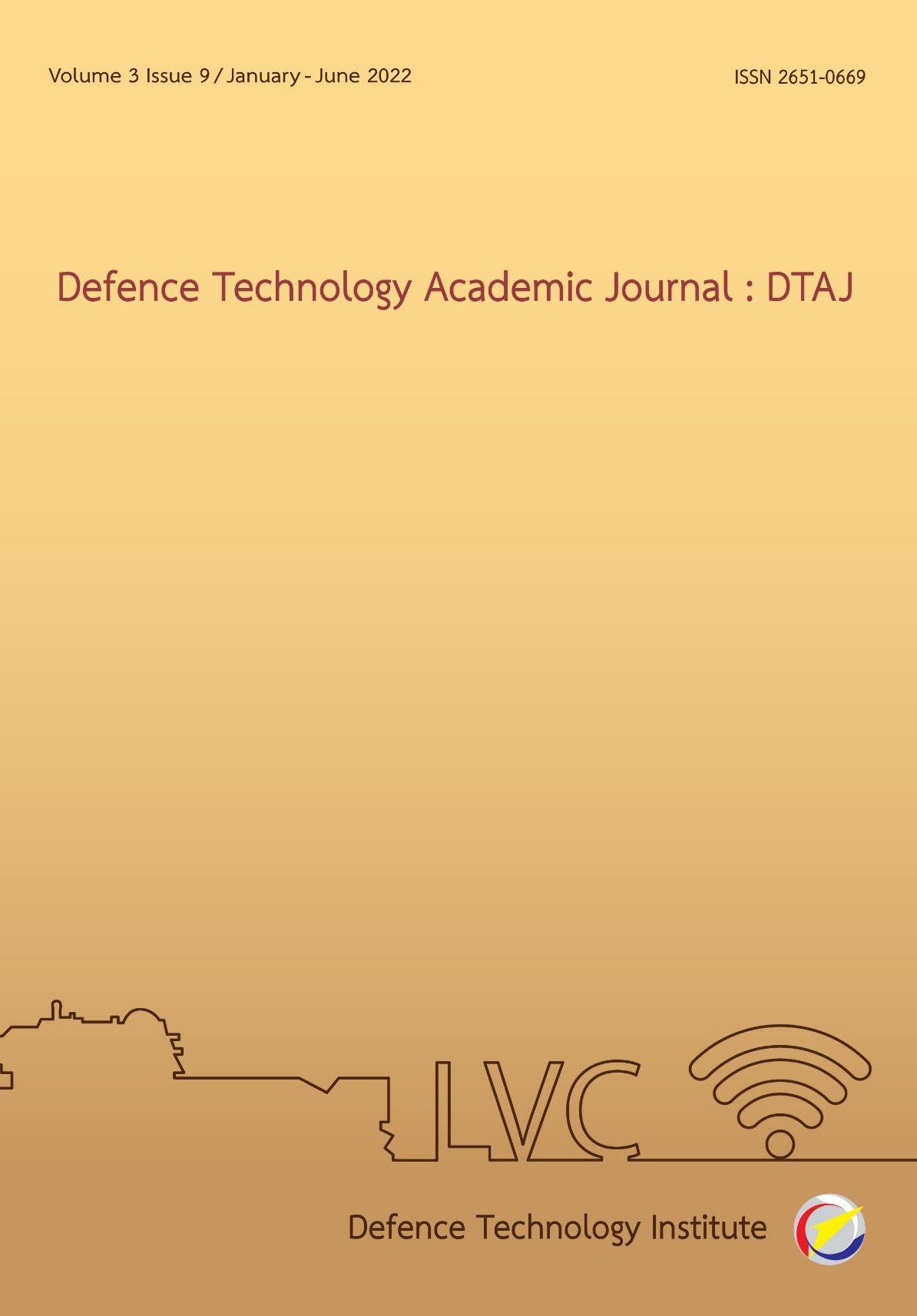A Study of Flow Behavior of AISI 430 Stainless Steel in Investment Casting by Analysis Program
Main Article Content
Abstract
Stainless steel parts with high complexity and small dimensions are cast in the casting process. Liquid metal dispensing system and overflow holes are designed. A design is generally based on experience and trial and error casting to check for defects in the workpiece. Following that, the design is optimized and the casting is tested again until it is certain that there are no defects in the casting. As a result of a large number of casting trials and inaccuracy, this method costs time and money. In order to prevent such a waste of time and money, computer software is used to simulate the casting process. In this study, Cast Designer® simulation software is used in analysis to evaluate the optimized design of casting mold. The scope of this research is to design 3 types of casting molds. The workpieces were arranged inclined at angles of 30, 45 and 60 degrees by using a computer-aided design program to design the casting by comparing the characteristic of liquid metal flow and the filling time were analyzed. As a result of the fluid fraction flowing in the same direction and filling the cavity in the shortest amount of time (1.0667 seconds), type 3 casting molds are the most ideal.
Downloads
Article Details

This work is licensed under a Creative Commons Attribution-NonCommercial-NoDerivatives 4.0 International License.
Journal of TCI is licensed under a Creative Commons Attribution-NonCommercial-NoDerivatives 4.0 International (CC BY-NC-ND 4.0) licence, unless otherwise stated. Please read our Policies page for more information...
References
Ik - Tae Im, Woo - Seung Kim and Kwan - Soo Lee, “A unified analysis of filling and solidification in casting with natural convection,” International Journal of Heat and Mass Transfer, vol. 44, issue 8, pp. 1507-1515, Apr. 2001.
S.M.H. Mirbagheri, H. Esmaeileian, S. Serajzadeh, N. Varahram and P. Davami, “Simulation of melt flow in coated mould cavity in the casting process,” Journal of Materials Processing Technology, vol. 142, issue 2, pp. 493-507, Nov. 2003.
J. Campbell, “Structure, defects and properties of the finished casting,” in Castings, 2nd ed. Burlington, MA, USA: Butterworth-Heinemann, 2003, ch. 9, pp. 267-305.
T. Wanga, S. Yao, Q. Tong, L. Sui, “Improved filling condition to reduce casting inclusions using the submerged gate method,” Journal of Manufacturing Processes, vol. 27, pp. 108–113, Jun. 2017.
R. Babaei, J. Abdollahi, P. Homayonifar, N. Varahram, P. Davami, “Improved advection algorithm of computational modeling of free surface flow using structured grids,” Computer Methods in Applied Mechanics and Engineering, vol. 195, issue 7-8, pp. 775-795, Jan. 2006.


